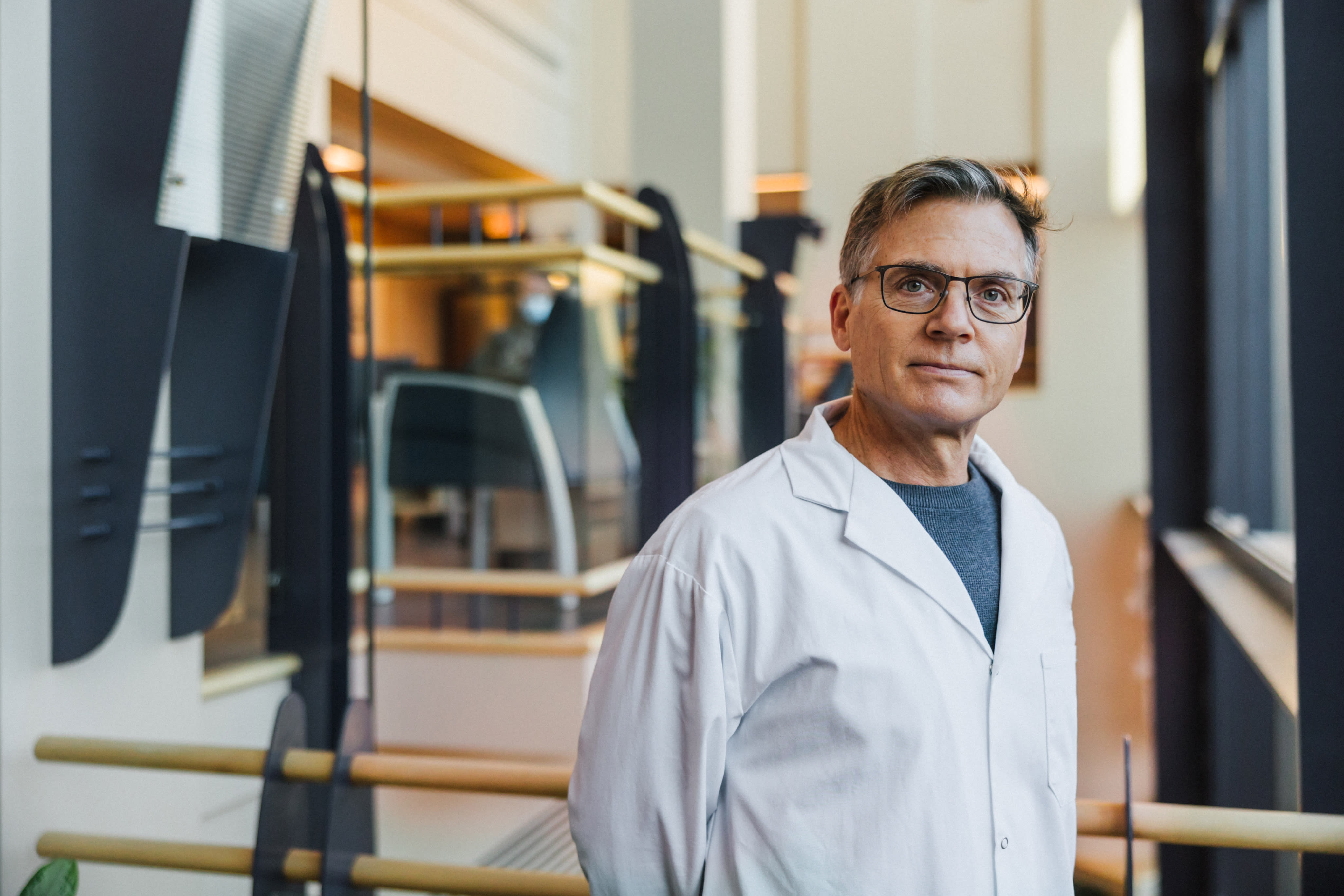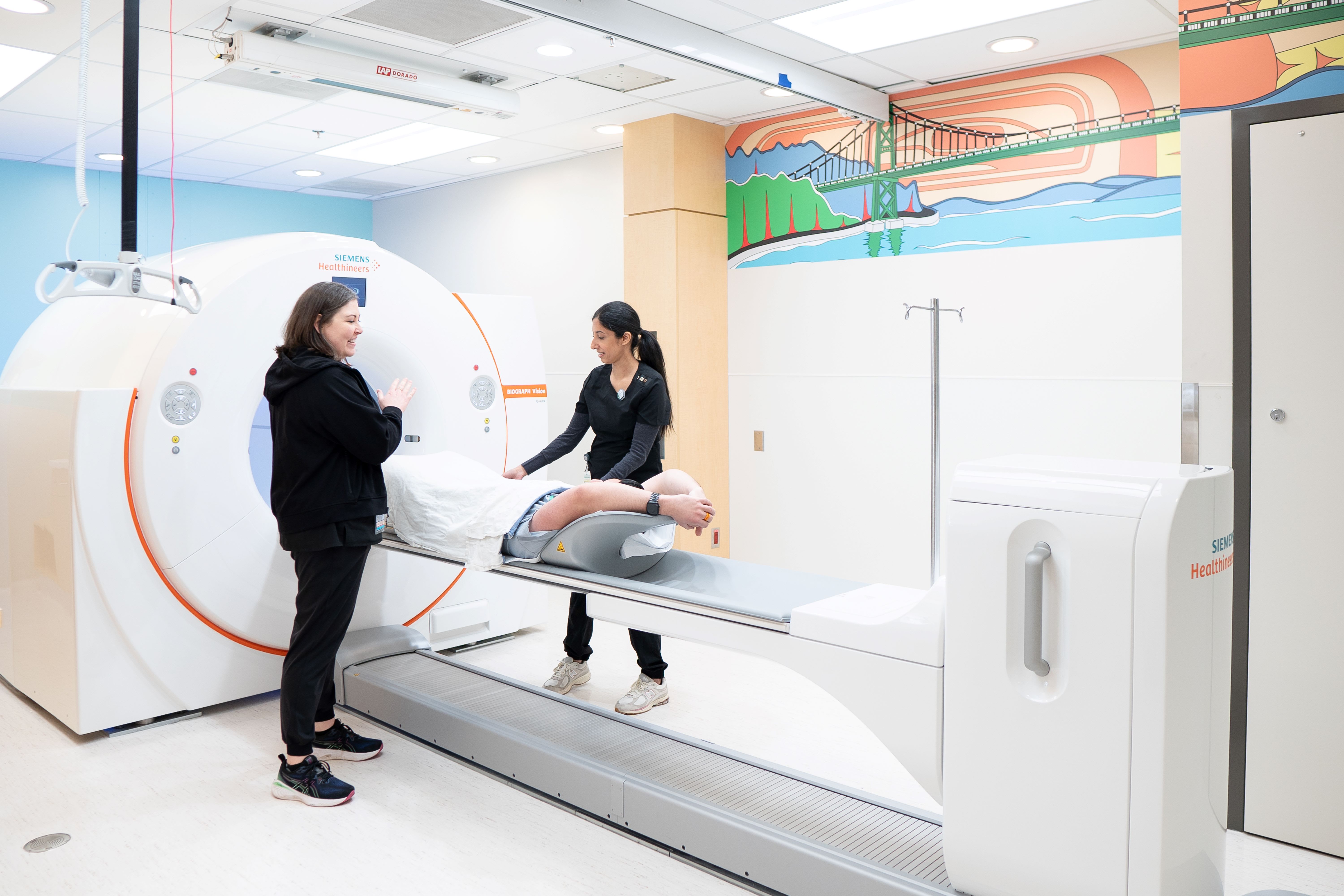Philanthropy and Research: Together, we are seeing positive results
February 18, 2016
The BC Cancer Agency has a mandate to provide and coordinate cancer care in B.C., ensuring patients receive high quality care that is accessible and available to all. We also have a strong research mission as part of our mandate, and aspire to be seen nationally and internationally as a leader in cancer care and research.
Practically, this means ensuring that the patients today receive the best care possible, and that we work towards improving care and treatment in the future.
This drives our research mission and motivates everyone who works at the Agency.
To ensure that we can meet our own expectations and those of our patients and supporters, we are critically reliant on philanthropy.
We can bring together the brightest scientific minds, but without donors who are willing to invest in new and innovative ideas, we can’t enable researchers and clinicians to improve cancer treatment and enhance care. It is also important to understand that we are often able to leverage donated funds and even the smallest donation can create a ripple effect, leading to more funding.
For many years there was a divide between what goes on in the research lab and the clinic that treats cancer patients. As time has gone on there have been some wonderful discoveries in the lab, and we’ve realized we need to bring those discoveries over to the clinic. Similarly, as we struggle with the complexities of human cancer, we need to take those cases back to the lab and understand why some patients benefit from certain therapies and some don’t.
As British Columbians, we are fortunate that the BC Cancer Agency comprises both cancer research and care, enabling that bench to bed, back to bench collaboration (often referred to as translational research). It is one of our key strengths. Our researchers and clinicians work cooperatively to solve the problems of cancer andtranslate new discoveries into better treatment. The Personalized Onco-genomics (POG) Program, our work in breast and lymphoid cancers and our immunotherapy program are just some of the examples of the success of this approach.
These programs and discoveries are possible because researchers, clinicians, and donors are coming together with a singular purpose and vision, and we are seeing some very positive progress as a result.
When I first came to B.C., I was highly impressed by the commitment and success of the BC Cancer Foundation, which is the largest funder of cancer research in the province, and its donors in supporting the work of the Agency. We are fortunate to have such a strong fundraising partner. Equally important is letting our donors know that they have a real and direct impact on improving cancer care for patients in B.C.
Malcolm


